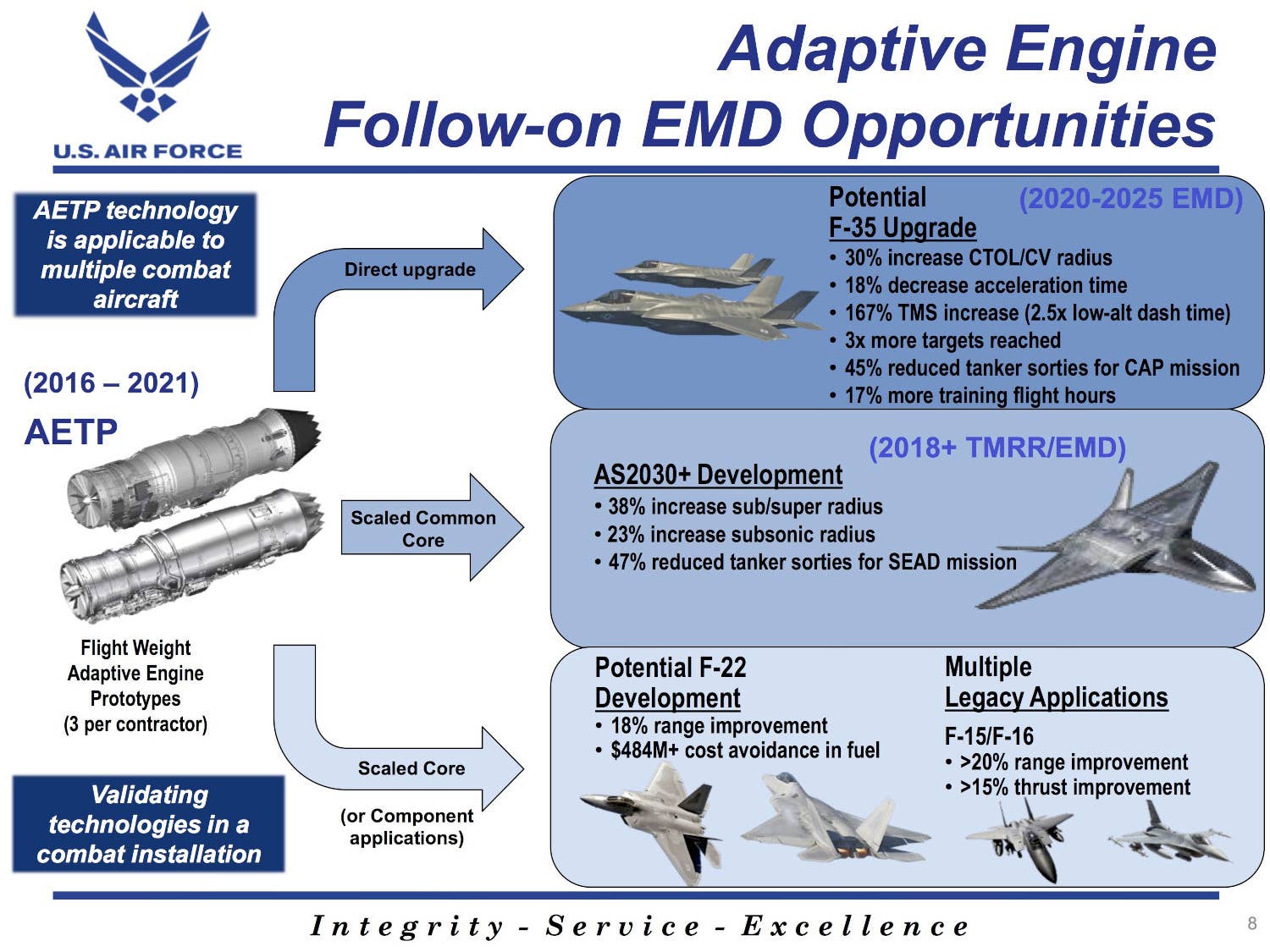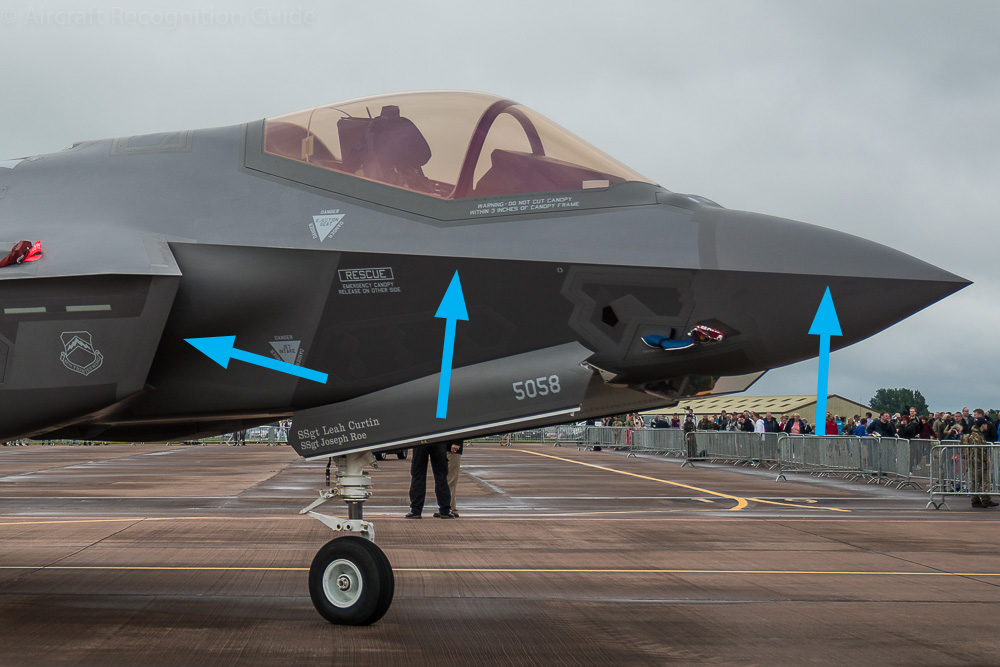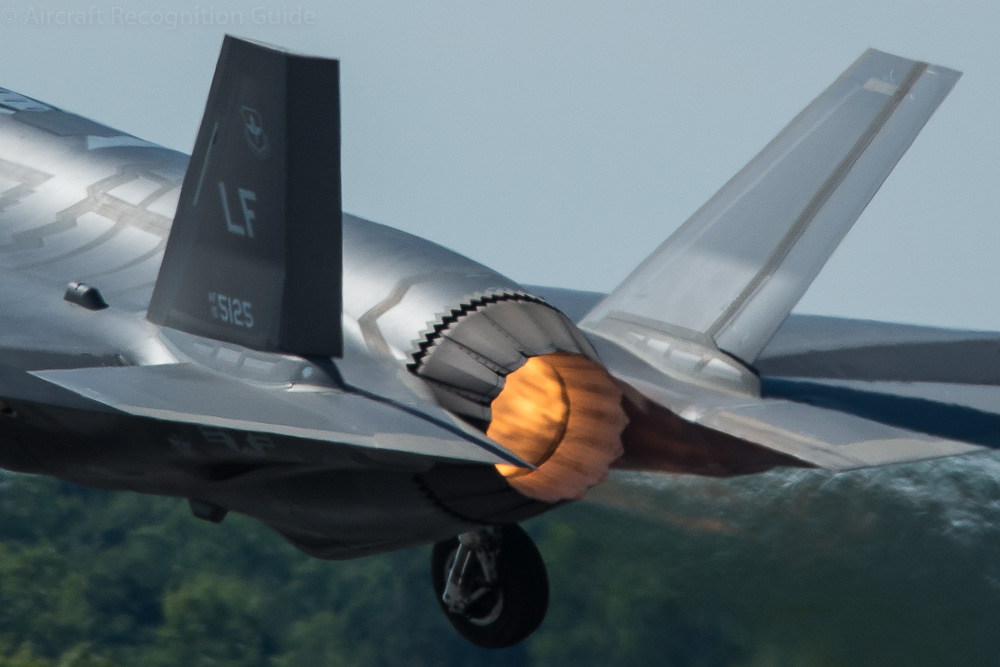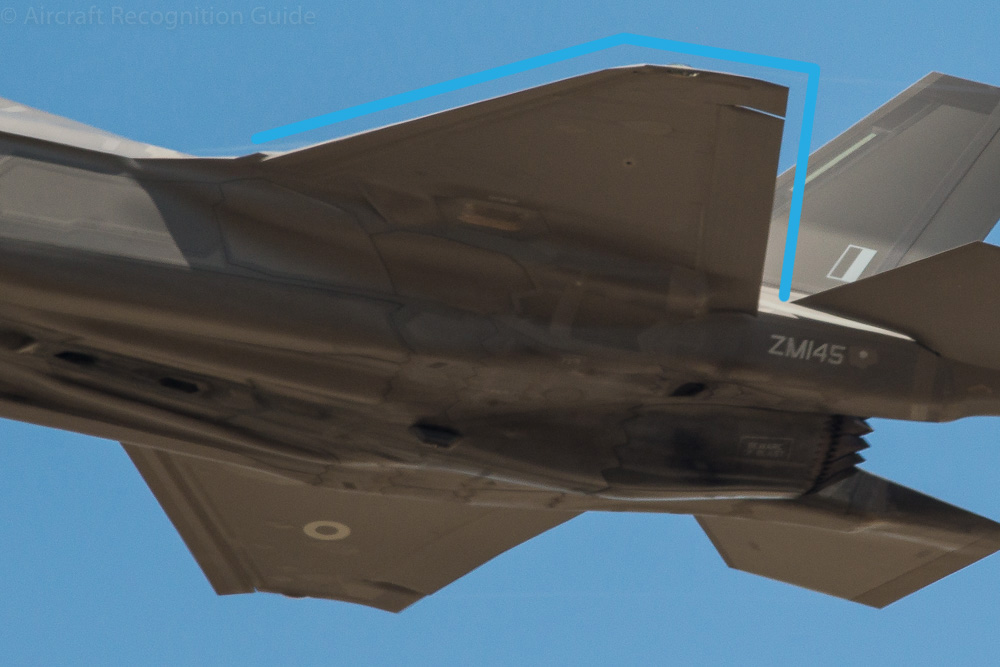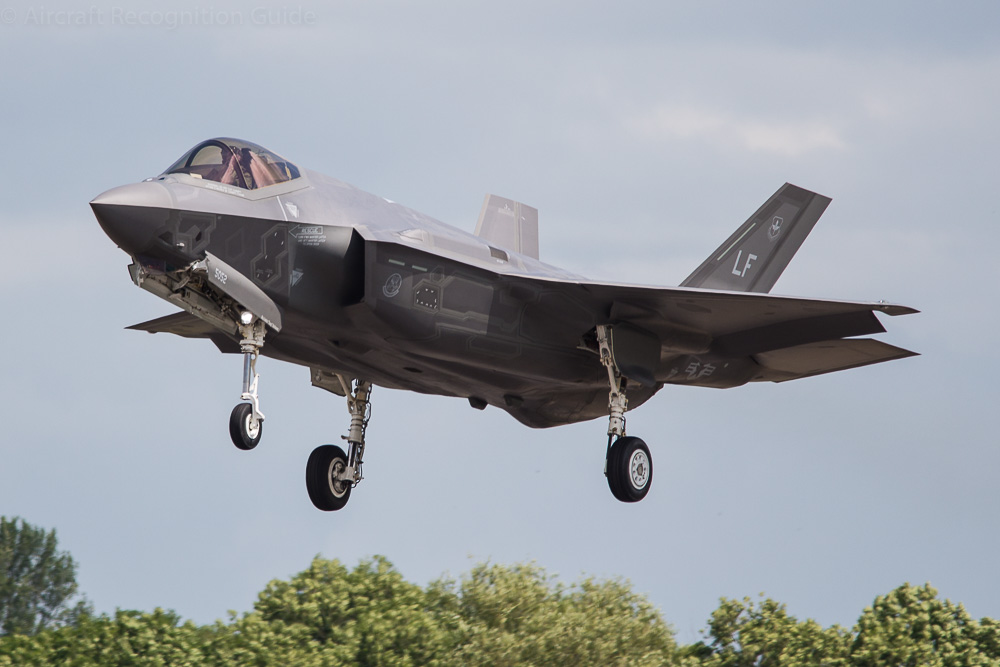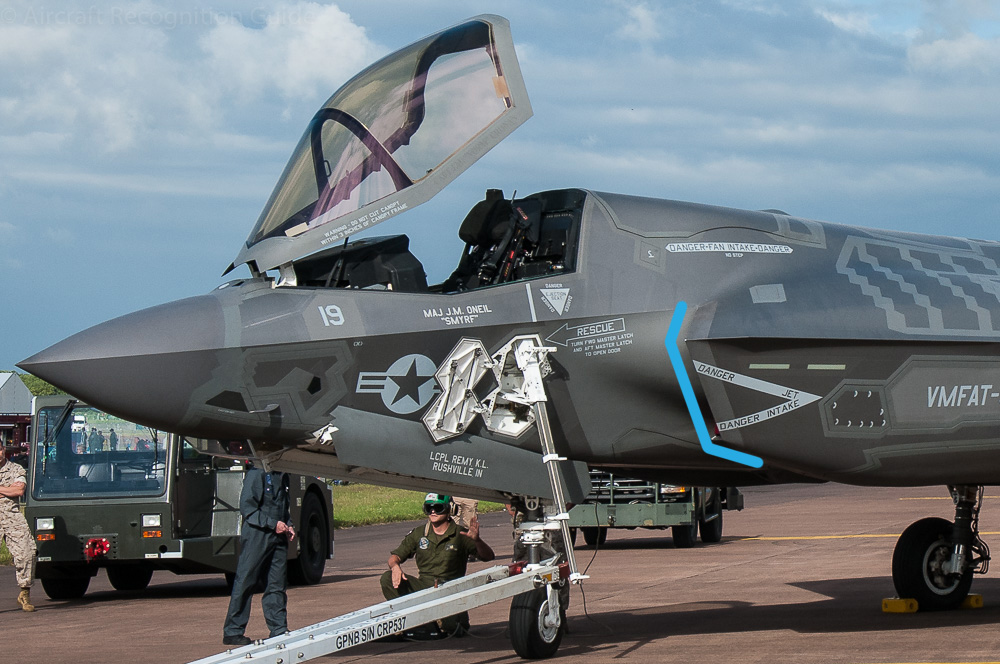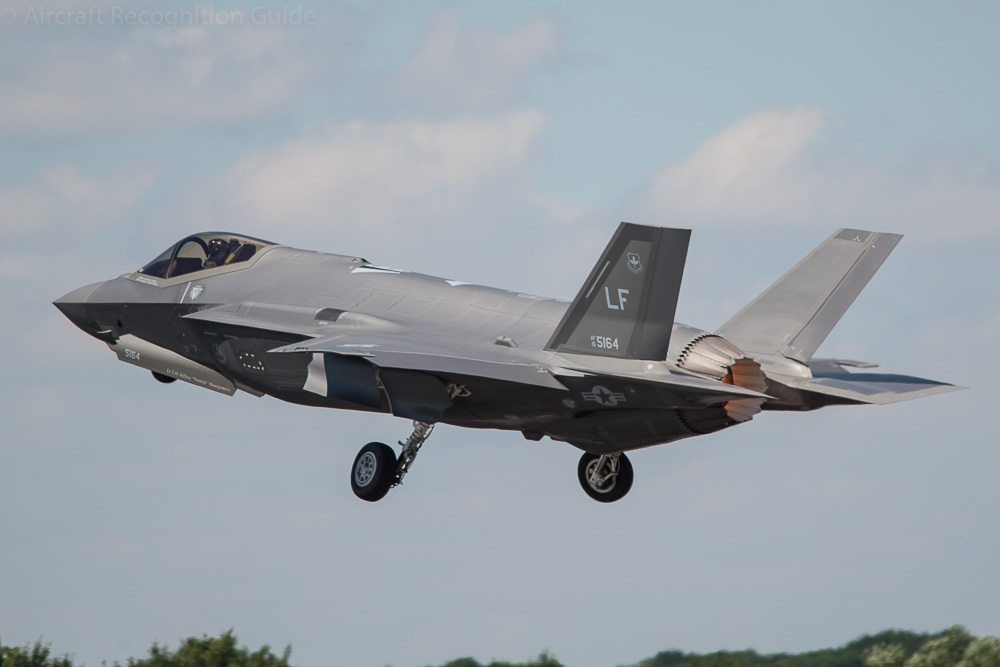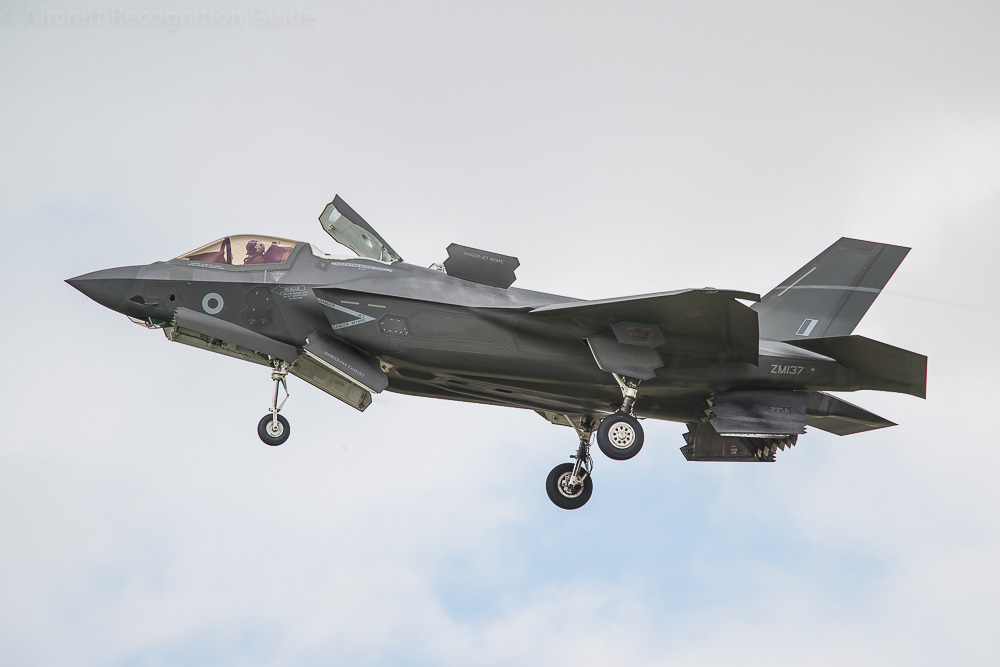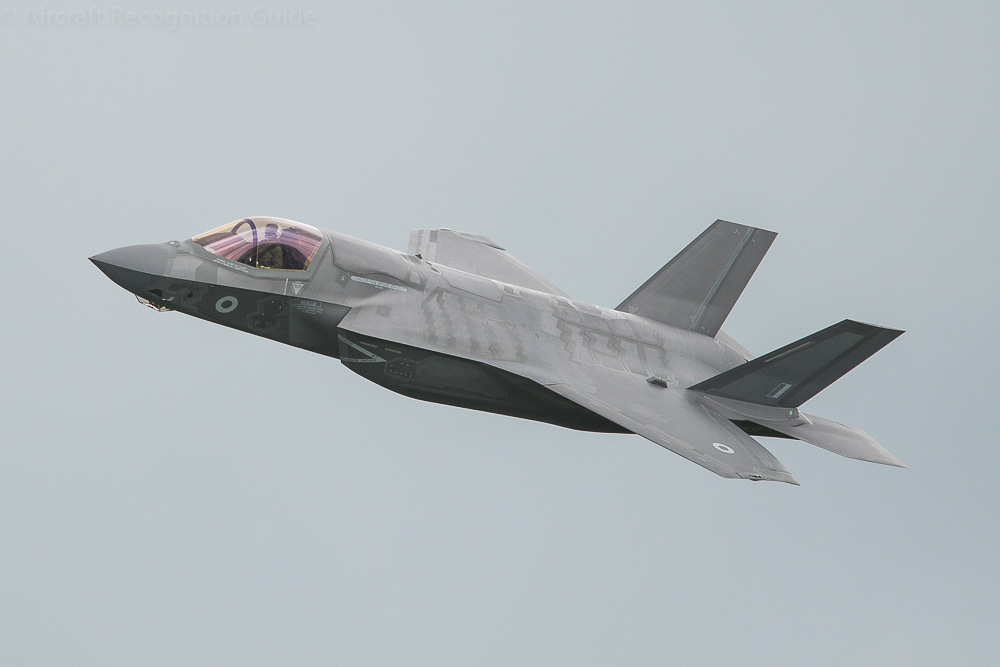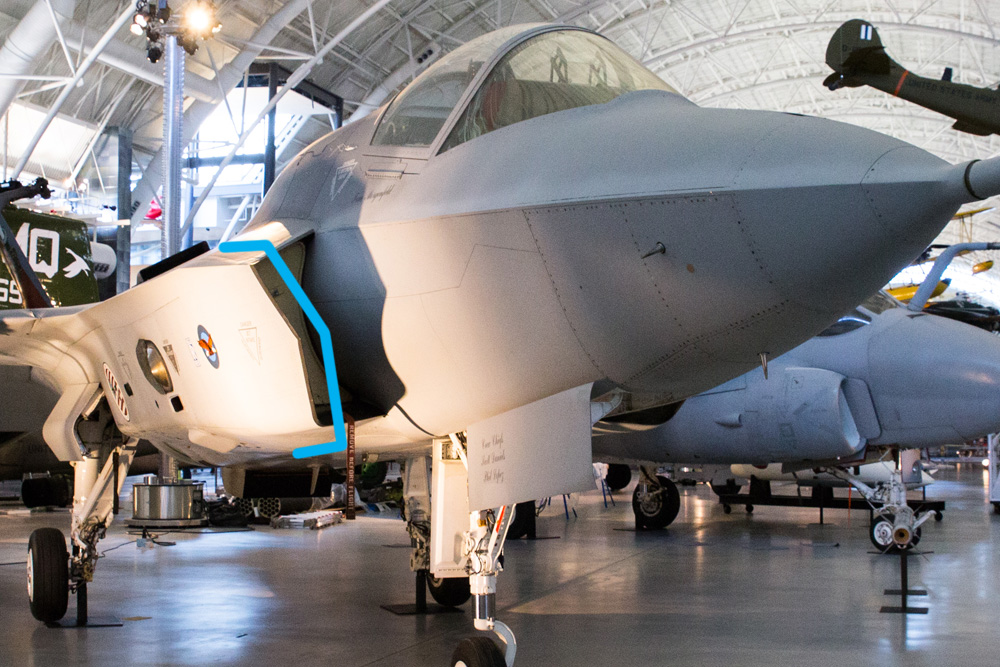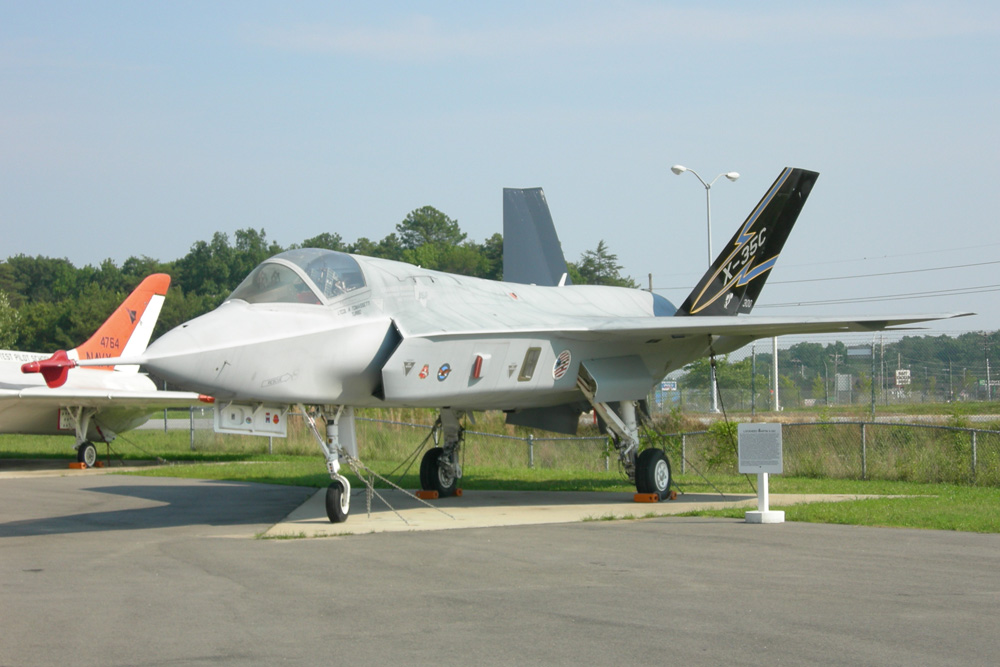F-35 Engine Running Too Hot Due To ‘Under-Speccing,’ Upgrade Now Vital
The U.S. military sees planned engine upgrades for all the variants of
the F-35 Joint Strike Fighter as critical because
the Pratt & Whitney F135 engines that power all of the aircraft have been "under spec since the beginning," according to the top officer in charge of the program. This means the engines have to routinely operate at higher-than-expected temperatures, which has led to costly increased maintenance and logistics requirements and has. hurt the F-35's
overall readiness rates.
Senior U.S. military officials stressed the F135 engine's limitations while defending a plan to pursue an Engine Core Upgrade (ECU) effort
before members of a subcommittee of the House Armed Services Committee yesterday.
The Pentagon's Fiscal Year 2024 budget proposal, released earlier this month, revealed that the U.S. Air Force, Navy, and Marine Corps had
decided not to seek an all-new engine for their F-35s, building on
the Advanced Engine Transition Program (AETP), due to high expected costs and technical hurdles. The Air Force has said that work done under AETP will feed into its follow-on
Next Generation Adaptive Propulsion (NGAP) program.
They also highlighted the importance of power and thermal management system (PTMS) improvements for the jets. This is essential for meeting the additional electrical power and cooling needs that the Technology Refresh-3 (TR-3) and Block 4 upgrade programs – both of which continue to suffer delays – will require.
"We compared these engines [options for the F-35], the AETP engine, the current engine, [and] modernization of the current engine," Air Force Lt. Gen. Michael Schmidt, the current head of the F-35 Joint Program Office (JPO), explained. He said his office also had done work on "identifying a significant power and thermal management system requirement, and we evaluated numerous options of power and thermal management systems to get us to various levels of cooling and power that is required."
"We have been eating into the life of this engine since the beginning of the program, because we did under-spec the engine and its requirements," he continued. "We are building costs into this program by eating into the life of this engine with additional overhauls that are expected over the life of the program."
The video below is of the complete hearing from yesterday. Lt. Gen. Michael Schmidt's comments about under-speccing start at around 1:02:00 mark in the runtime.
In
his written testimony, the head of the F-35 JPO provided additional details on exactly what this means.
"The original program engine specification allocated 15 kW [kilowatts] of bleed air extraction to support system cooling requirements, and the F135 engine was designed, tested, and qualified to this specification with a level of margin available for future growth," Schmidt wrote. "During the final stages of initial aircraft development, air vehicle cooling requirements grew to exceed planned bleed air extraction."
"To provide the necessary bleed air, the engine is required to run hotter, and the program is realizing the effects of this through an increase in operating temperature, and a decrease in engine life, which is driving earlier depot inductions and an increase in lifecycle cost," the written testimony adds.
So, "I also have a derived requirement for power and thermal management, because I'm running out of power at the end of Block 4," Schmidt added when actually speaking during the hearing.
"Without upgrades, the addition of Block 4 capabilities will further degrade engine life and increase program lifecycle costs, because while the current TR-2 and TR-3 aircraft have sufficient cooling and power (while impacting the engine life as stated above), capabilities in Block 4 and beyond will increase cooling and power demands beyond current capabilities of the air system," he elaborated in his written remarks.
The three main F-35 variants are each powered by a different F135 sub-variant. The F135-PW-400 on the carrier-based F-35C differs from the F135-PW-100 in the F-35A primarily in its use of corrosion-resistant materials that are better suited to operations at sea. The short and vertical takeoff and landing-capable F-35B uses the F135-PW-600, which features an articulating exhaust nozzle and other features necessary to connect it to the large lift fan in the forward fuselage on that version.
The development of the F135, which was derived from the
F119 engine that powers the F-22 Raptor stealth fighter, dates back to the late 1980s. The original plan was to develop an alternative engine for the F-35 family – the
General Electric/Rolls-Royce F136 – but this was canceled in 2011 as a cost-cutting measure very late in its development process. With the benefit of hindsight, now including the revelation yesterday that the F135 has been under-specced the entire time, this
has increasingly appeared to have been a short-sighted decision.
The F135-PW-100 and F135-PW-400 both have a stated maximum thrust rating, at full afterburner, of 43,000 pounds,
according to Pratt & Whitney. The F135-PW-600 has a slightly lower maximum thrust rating of 41,000 pounds.
Issues with the F135 engine have already been increasingly apparent in recent years. A massive maintenance backlog emerged two years ago, which was blamed on a
broad combination of factors, including the heat-protective coatings on the turbine blades in the engines wearing out sooner than expected.
Just between December and February 2023, deliveries of new F135s were
halted amid the investigation into the causes of a dramatic accident involving an F-35B at Naval Air Station Joint Reserve Base Fort Worth in Texas. The aircraft in question had been hovering during a test flight ahead of delivery to the U.S. Marine Corps when it dropped quality, hitting the ground hard and prompting the pilot
to eject, as you can read more about
here.
At yesterday's hearing, Lt. Gen. Schmidt confirmed
previous reports that the primary cause of the December incident was traced to a "resonance issue between the main fuel throttle valve and the tube." He explained that a fix involving a modified "orifice" was subsequently developed and implemented.
Issues with the F135 have been further exacerbated by problems in securing adequate supplies of spare parts and a shortage of qualified maintainers, as you can read more about here. Bloomberg reported today that the readiness rate for all F-35s in U.S. service, collectively, is around 53.1 percent, more than ten percent lower than the target rate. It's unclear whether this is the full mission capable rate or if it reflects available jets with any degree of partial mission capability.
This is also notably substantially lower than the target of 80 percent that the Pentagon under Secretary of Defense James Mattis
had attempted to set for all tactical combat jets starting in 2018.
However, U.S. government officials do not appear to have explicitly stated before that the engine itself is under-specced and has been the whole time.
Underscoring this point, in the course of the hearing yesterday, Donald Norcross, a Democratic Representative from New Jersey, mentioned a "cutting down to 1,600 hours" with regard to the F135. This would appear to be in reference to the target time between major scheduled maintenance on those engines, which has been said to
be approximately 2,000 flight hours in the past. If this is indeed what Norcoss' figure refers to and it is accurate, this would mean that the U.S. military is only getting just over 75 percent of the expected life out of these engines before significant work has to be done.
U.S. Marine Corps Lt. Gen. Michael Cederholm, the deputy commandant for Aviation, also offered up additional details about the benefits of the ECU for the F135.
"On the Marine Corps perspective, what this engine core upgrade does is it gives us greater bring back capability to the boat. What does that mean? We can bring back 1,000 pounds more to the boat, which gives us life," he explained. "Fuel is life. Time on station is life for us. So that's why we are excited about the ECU and PTMS upgrades."
For Navy and Marine Corps F-35B and C pilots operating from the decks of aircraft carriers and amphibious assault ships, having additional fuel reserves at the end of a sortie can be an extremely valuable extra margin of safety given the potential lack of alternative places to land. As Lt. Gen. Cederholm noted, that extra gas would allow the aircraft to have more time on station while conducting the missions, too. It could also help extend their operational range,
another long-standing issue for F-35s.
It is also worth remembering here that the Marines are the only branch of the U.S. military to operate the F-35B, which uses the F135-PW-600 with its lower maximum thrust rating. Serious safety concerns about the F-35B's ability to maintain
sufficient power to sustain vertical flight at high temperatures had previously emerged in 2019. The aircraft's manufacturer, Lockheed Martin, said at the time that it would implement a fix to the aircraft's flight software to address these issues.
As critical as it is, the ECU is still years away from becoming a reality. Lt. Gen. Schmidt said that the F-35 JPO is hoping the upgrades will start to be added to operational jets sometime between 2030 and 2032, but stressed that these dates were still very "notional." At the hearing, Andrew P. Hunter, Assistant Secretary of the Air Force for Acquisition, Technology, and Logistics separately said that he expected the development of the upgrade package to take at least between five and six years. The Air Force is the lead service in charge of the ECU program.
Schmidt warned that limitations with the current flight test infrastructure for the F-35 could be a limiting factor, and that this had already contributed to delays in the TR-3 upgrade package. The TR-3 improvements underpin the forthcoming Block 4 upgrades, as you can read more about
here.
Development of TR-3 is now not expected to be finished until April 2024, a year later than expected. Lockheed Martin is hoping to be able to finish the work sooner, perhaps by December of this year, according to Schmidt. He further clarified that this goal is defined as being able to support TR-2-equivalent capabilities on a representative TR-3-configured aircraft. The additional Block 4 upgrade package is not currently expected to roll out until 2029.
It is also worth noting that a formal decision to
approve full-rate production of the F-35 has not yet been made, which is dependent on the completion of the Initial Operational Test and Evaluation (IOT&E) process. The completion of the IOT&E continues to be held up
primarily by issues with the new
Joint Simulation Environment training tool. Lt. Gen. Schmidt said that the hope now is that the full rate production decision could finally come in December of this year.
All of this together raises questions about when the ECU, PTMS, TR-3, and Block 4 upgrades for the F-35 will ultimately arrive, as well as what the costs may be to fully integrate them onto even a portion of the existing fleets of all three variants. This is important given that the Air Force, in particular, views the Block 4 upgrades
as essential for ensuring the F-35A's relevance in future high-end conflicts, such as one against a
potential near-peer adversary like China or Russia.
How this may further impact additional concerns
about the long-term sustainment costs for these jets, which are already set to be significant, remains to be seen. The ECU and PTMS improvements are certainly intended to address maintenance and logistics issues, as well as performance and capability-related ones.
The F-35 program, as a whole, has made significant efforts to address years of technical and other issues as the aircraft have become increasingly integrated into routine operations across the Air Force, Navy, and Marine Corps. At the same time, as underscored especially by the disclosure about the F135 engine being under-specced, there is still significant work left to do to address long-standing systemic problems that continue to limit the capabilities and availability of the jets.
The F-35's engine is having to work harder to cool and power the aircraft's systems, leading to a logistical mess.

www.thedrive.com








